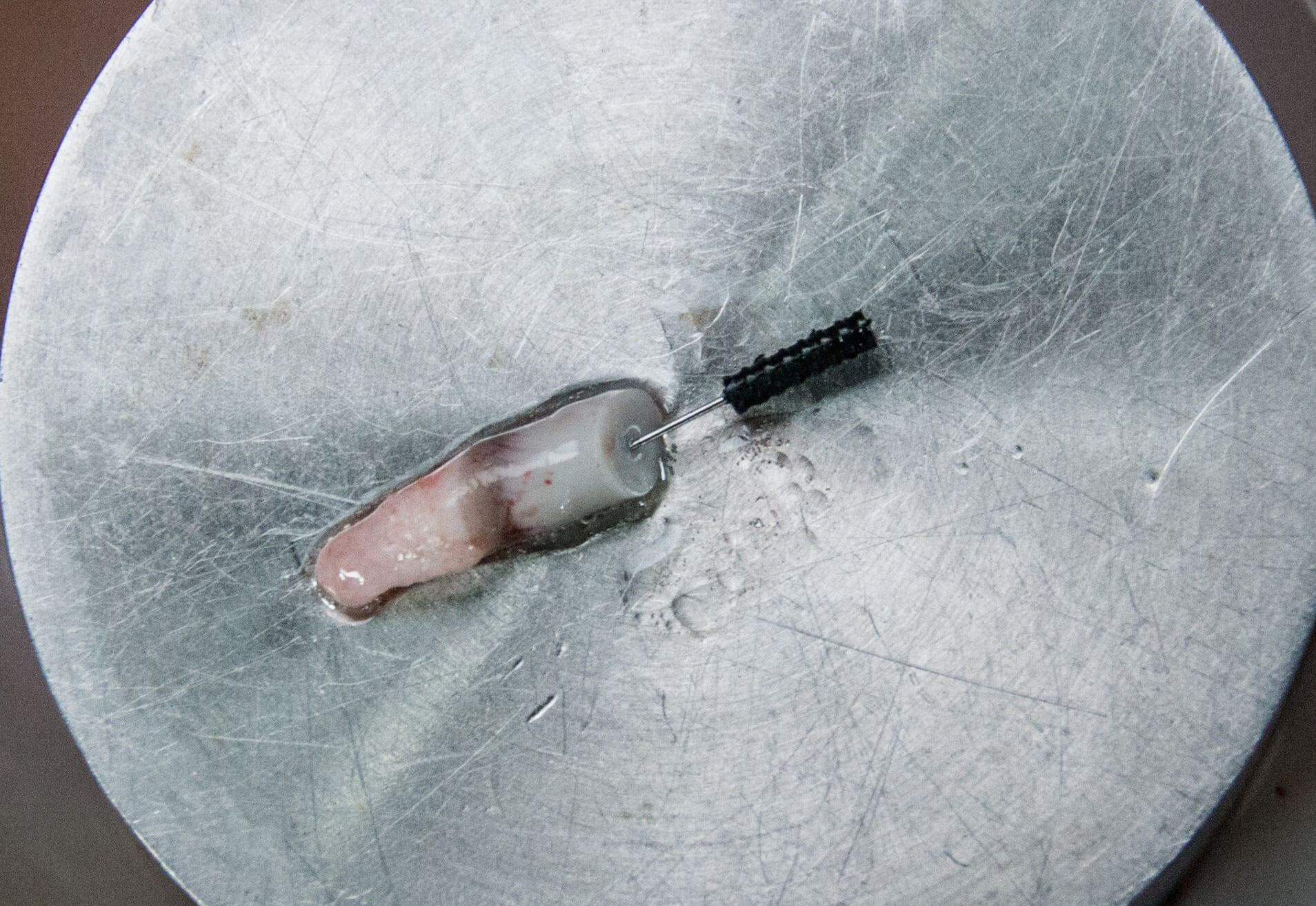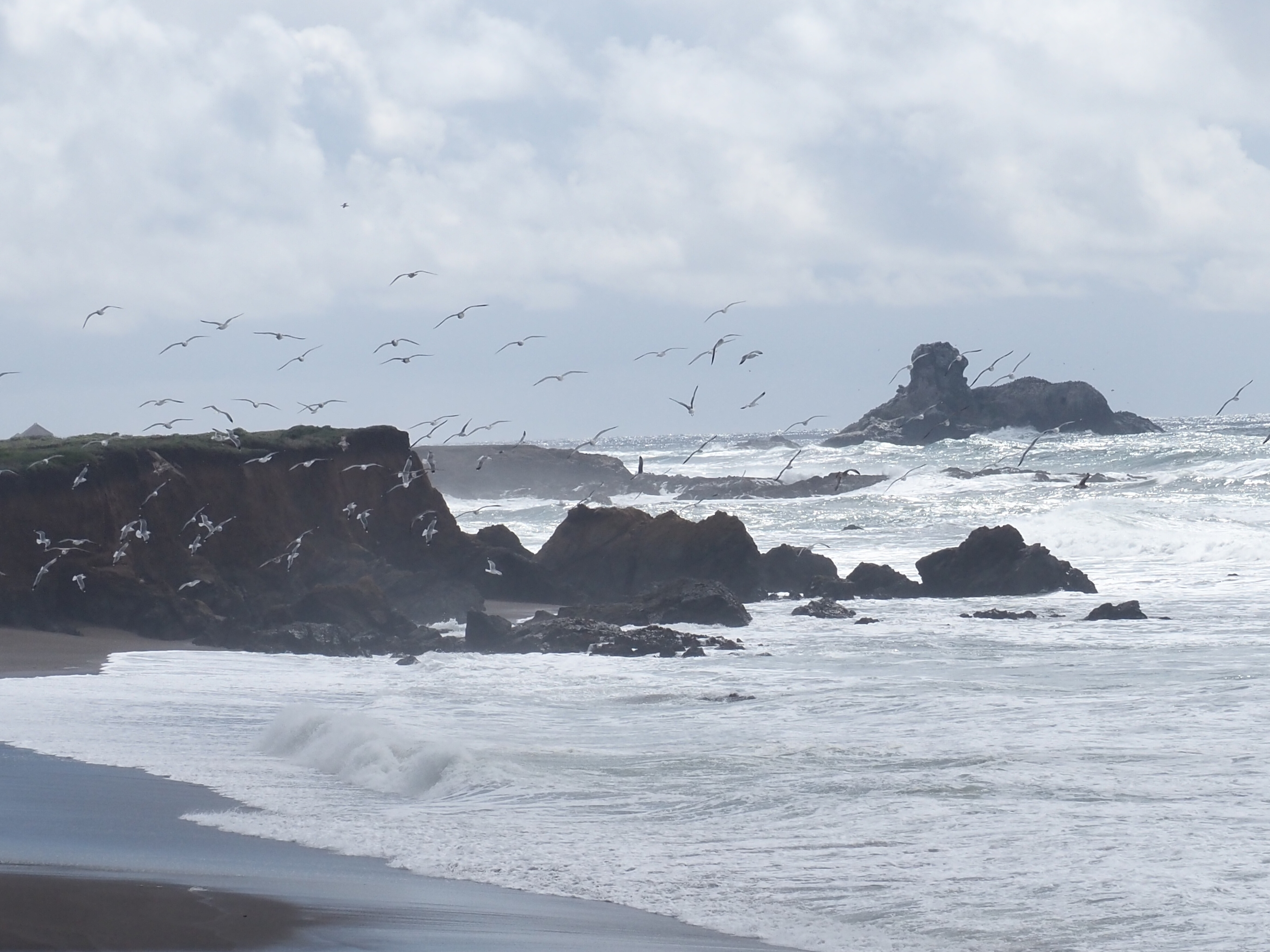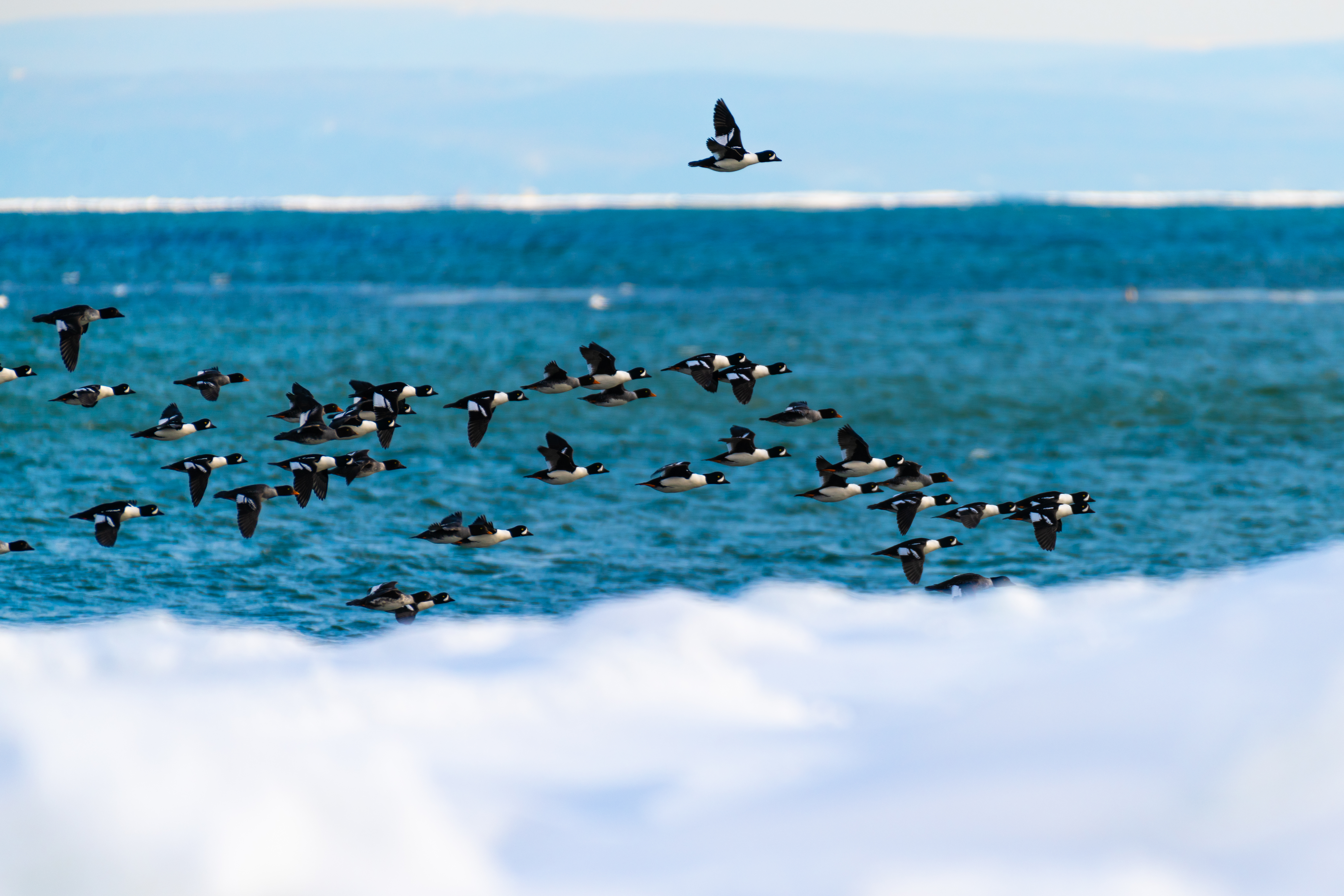By Laura Zeppetelli
This fall, I had the opportunity to leave my office in downtown Montréal to board the Bleuvet with the Group for Research and Education (GREMM).
These five intensive weeks on the water were marked by unforgettable moments with belugas. I was fortunate enough to observe them frolicking in groups in the wake of the boat, in addition to exchanging curious glances with a few of them. I also feel privileged to have been able to admire with my own eyes the one and only narwhal in the St. Lawrence (which I affectionately nicknamed “Pogo”) swimming with its foster pod of belugas.
As part of my master’s project in biology at the Université du Québec à Montréal (UQAM), we set out to take 50 biopsies from belugas before the end of the field season. My research aims to study how lipids and contaminants vary as a function of diet in order to better understand metabolism in this species.
Collecting biopsies is no easy task! First, the crew must locate a pod of whales offshore or in the Saguenay Fjord. Once a large individual is targeted, our captain Michel Moisan readies his biopsy rifle. This modified gun is loaded with a dart and a barbed broach that will extract a core sample of a few millimetres of skin and fat once the animal is hit in the flank. And, if the weather cooperates, we try to film the individual with a drone. Capturing aerial images of belugas in conjunction with photo-identification notably makes it easier to recognize biopsied individuals. The images also make it possible to take measurements of the animals in order to establish a body index useful for a multitude of different analyses.
The team retrieves the dart just like one reels in a fish. My role is then to extract the biopsy. With a well-sterilized scalpel and forceps, I then proceed to cut the bits of whale in half and prepare them for the various planned analyses. The fat and part of the skin are immediately immersed in liquid nitrogen, a chemical solution kept at -195.79°C. They will be used for lipid analyses in the context of my project. All these manipulations take place quickly as I am constantly being rocked by the waves. But with a little practice, everything goes smoothly.
Lastly, I would like to thank the entire GREMM team, but especially my crew, who made this field campaign both rewarding and efficient. The next step in my project is to travel to the University of Victoria in British Columbia to help analyze these beluga fat samples. Given the precarious situation of this species in the St. Lawrence, I am hopeful that the results of my research will contribute to conservation efforts.







